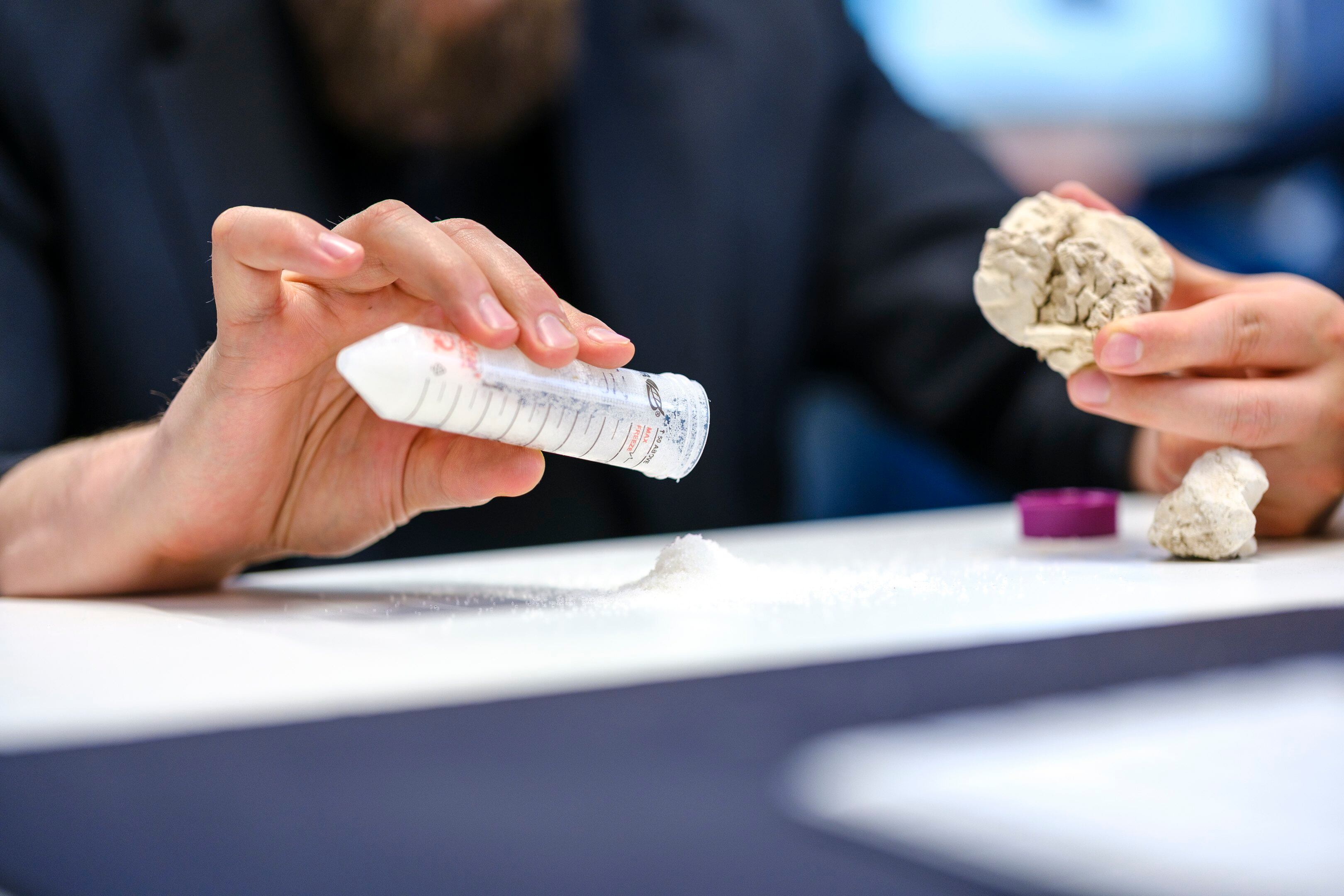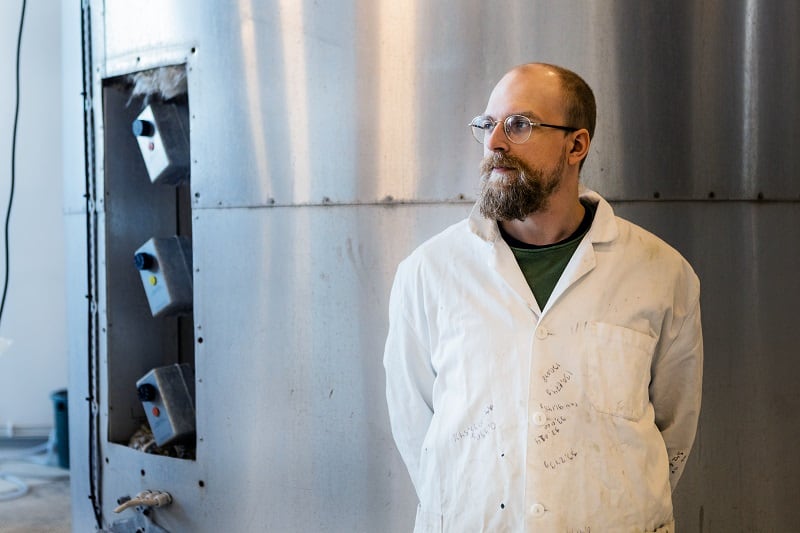Despite comprehensive sanctions against the country, Russia’s share of EU fertiliser imports has grown from 17% in 2022 to 30%. In 2024 alone, imports rose by more than 33% to around $2bn (€1.75bn).
These facts are unpalatable to Finland-based start-up NPHarvest for more than one reason.
Already rising fertiliser costs are set to double by 2028 thanks to significant new EU tariffs on Russian fertilisers. The pressure is therefore well and truly on to find alternatives from sources that are not “geopolitically risky”, it said.
It has found a plentiful potential source of nitrogen and phosphorus that can be turned into fertilisers from wastewater streams from agricultural, municipal, and industrial sources.
These valuable nutrients are usually lost in wastewater, often leading to environmental damage and wasted economic potential.
NPHarvest’s answer is circular system that recovers nutrients like nitrogen and phosphorus directly from wastewater streams, including black water, liquid digestate, and manure.
Its patented technology produces high-purity ammonium sulphate and amorphous calcium phosphate, both essential raw materials for fertiliser production, by using a process of hydrophobic membrane stripping (which separates compounds from liquids).
The process operates without the need for heating, pressure, or aeration, relying solely on alkaline and acid dosing, which makes it both cost-efficient and easy to operate, the company claimed.
The solution is a “win-win-win for all”, said Mika Kukkurainen, partner at Nordic Foodtech VC, an investor in the company which began life as a research project at Finland’s Aalto University nearly a decade ago.
Industrial-scale demo unit up and running
After raising €2.2mn earlier in 2025, NPHarvest has officially launched its first industrial-scale demo unit at a biogas plant in Turkish capital Ankara. The demo unit shows the technology is “scalable, energy-efficient, and reliable”, the company claimed.
Launched in collaboration with the Ankara Water and Sewerage Administration General Directorate (ASKI), the project is expected to recover around 93 tonnes of ammonium sulphate and up to 73 tonnes of phosphorus-based product in a year’s time, with the potential to recover 3,255 tonnes of ammonium sulphate and 2,555 tonnes of phosphorus-based product through a full-scale installation.
“This demo project is not just proof that our system works, it’s a signal that the demand for secure local nutrient sources is real, and growing,” said Juho, NPHarvest CEO and founder Uzkurt Kaljunen.

The collaboration with NPHarvest is “strategically important” for ASKI, added Nurçin Bozkurt, its head of R&D. “It supports sustainable waste management and advances nutrient recovery through innovative technology.
“At ASKI, protecting groundwater is our legal responsibility. We prioritise the safe disposal and reuse of liquid and solid waste from biogas facilities to prevent environmental harm. By recovering organomineral fertilisers, we return valuable nutrients like nitrogen and phosphorus to the cycle and lower waste treatment costs. Uncontrolled discharge of liquid waste can pollute groundwater and harm soil, plants, and ecosystems.”
Business model
“Our business model is primarily selling wastewater treatment equipment and then following this up with helping the client who bought the equipment sell the nutrients and get them to cycle,” explained NPHarvest’s COO Sara Ikonen.
“The nutrients in the current state would be sold to fertiliser producers to be used as a raw material in NPK fertiliser products,” she told AgTechNavigator.
“The system is plug and play so it is minimal disruption to the current systems – the only things needed are space to put the equipment and piping to connect the inflow and outflow of wastewater.”
Are the nutrients NPHarvest recovers a direct replacement for the fertiliser industry? “The N nutrients are equivalent to virgin-produced ammonium salts, e.g., ammonium sulphate, and are thus a direct replacement,” she told us.
“The P-product quality depends on the incoming wastewater quality, so the ease of replacing the existing P-nutrient supply is more case-by-case, but typically it could replace some of the P but not act as the only source of P nutrients in a fertiliser.”
What’s in it for the wastewater sector partners?
The water sector partners get cost savings from their current liquid waste treatment because the NPHarvest technology is “highly cost-efficient and creates savings compared to current waste disposal methods”, she said.
“They also get a proportion of the nutrient revenue or even all of it if they decide to trade themselves and not through NPHarvest but thus far clients have not indicated interest in that option.”
There are other benefits for ASKI, which is preserving the water for local irrigation purposes as it is based in a region where freshwater is a scarce resource. It is also getting a solution to overcome nutrient overload, another issue in the region.
“We’re building the infrastructure Europe needs to replace imported fertilisers with local, sustainable alternatives, and Ankara is our first industrial-scale validation,” added Kaljunen.



